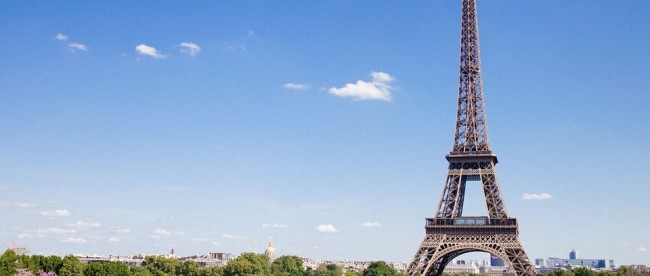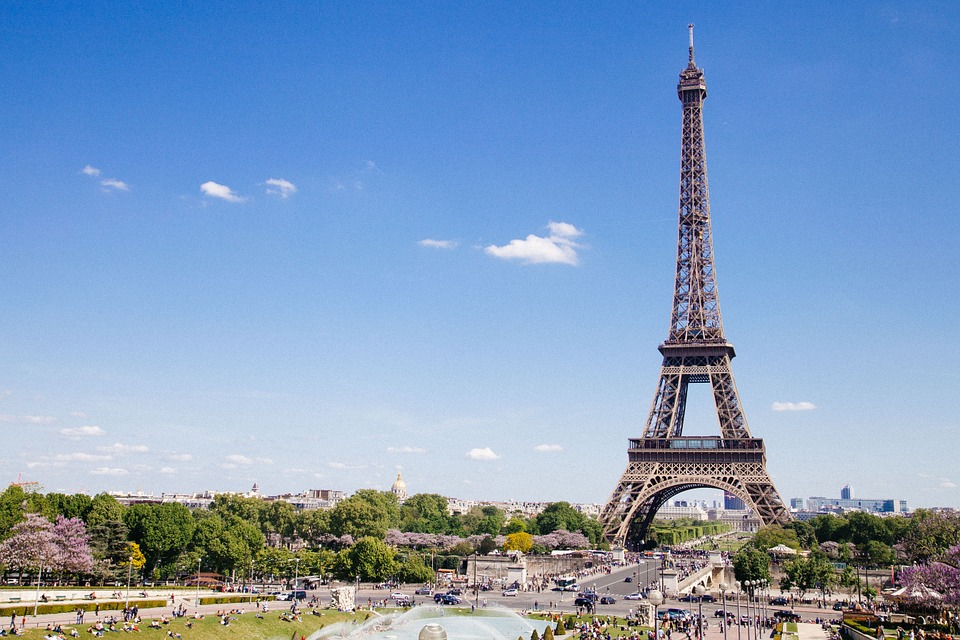The Eiffel Tower’s Secret Apartment


Earlier this year, France hosted the 2016 UEFA European Championship (commonly referred to as “Euro 2016”), the continent’s every-four-years soccer tournament. Portugal triumphed over the host nation, but they weren’t the only victors. A company called HomeAway, in hopes of promoting their service finding vacation rentals for travelers, ran a contest: they temporarily turned part of the first level of the Eiffel Tower into an apartment, and rented it out for free to the winners for a night during the Euro 2016 tournament.
That sounds like a pretty cool apartment — but it’s not the only one in the Eiffel Tower. And unlike the HomeAway one, this other one is not temporary. But until recently, most people didn’t know about it, and even fewer had access.
In fact, the only people known to have used the apartment were Gustav Eiffel — the architect whose company designed and built the landmark — and his friend, Thomas Edison.
The Eiffel Tower was built in the late 1880s and was originally intended to be the centerpiece of the 1889 World’s Fair. While many French artists found the Tower to be garish and early reviews of the structure were widely negative, the tower proved incredibly popular with the public. Nearly two million people bought tickets to enter the monument during the 1889 exposition.
For Mr. Eiffel, the success of his namesake construction meant a lot of fame — and also, a great view. Because in building the tower, he also built himself a secret, private home towards its apex — an ornate apartment that almost no one else knew about.
Eiffel used it as a personal getaway, and per some reports, as a place to perform meteorological experiments. He rarely had guests over, but Thomas Edison was a notable exception; per Atlas Obscura, Edison was so flattered by the invitation that he gifted Eiffel one of his newest inventions at the time, a phonograph.
But over time, news of the secret abode spread, and had AirBnB existed at the time, the already-wealthy Eiffel could have made some extra cash. As the Independent reported, “Eiffel was apparently inundated with exorbitant offers from the Parisian elite to rent out the apartment, even for one night.” But, Eiffel wasn’t tempted by the promise of additional riches — again, per the Independent, he turned down all of those offers, “preferring to keep it as a personal space for quiet reflection both in the heart of the city and yet miles from it.”
The apartment remained empty for decades after Eiffel’s death, but in 2015, the City of Paris (who owns the Tower now) finally opened the apartment to visitors — not as guests, but as a mini museum. Tourists who travel to the Tower’s third floor can peek in, and what they’ll see is a snapshot of how Mr. Eiffel used this home away from home. The apartment is now decked out with “paisley wallpaper, wood furniture, and oil paintings,” in the words of Conde Nast Traveler (which has pictures of the decor) and mannequins of both Eiffel and Edison.
Bonus fact: The Eiffel Tower wasn’t intended to be permanent — it was designed to be easily dismantled, as required by the original specifications promulgated by the organizers of the 1889 World’s Fair. When ownership of the Tower reverted to the City of Paris in 1909, the city had planned to tear it down. But, per Wikipedia, the Tower was spared — but because of its utility, not because it was an iconic landmark. Shortly after the turn of the (19th to 20th) century, the Eiffel Tower began being used for radio broadcasts, and the city decided that the communications value of the Tower were reason enough to keep it standing.
From the Archives: Allergic to Paris: Why some people get sick when they visit Paris, once they find it isn’t quite as romantic and genteel as they thought it’d be.
Related: A LEGO Eiffel Tower. The apartment near the top is not included in the design.
